Spending Review: Police disbelief at 'no cuts' decision
- Published
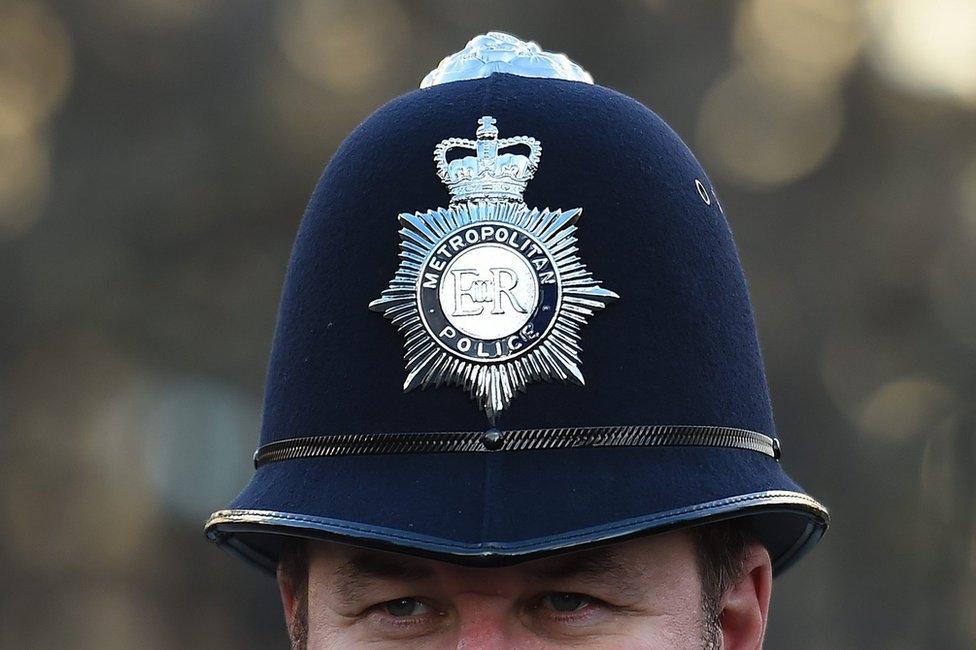
Finding savings and fending off cuts has dominated the policing debate in England and Wales for more than five years.
It was widely anticipated the Spending Review would confirm the need for police efficiencies would remain at the top of the agenda, at least until 2020.
The Home Office is not one of the favoured "protected" ministries shielded from cuts.
And as 71% of its gross spending goes on crime and policing, that is where most of the department's cuts have bitten.
Add to that Home Secretary Theresa May's determination to reform policing, and there was a strong sense the government would not change course.
That was certainly the expectation at Manchester Town Hall, where chief constables and police and crime commissioners (PCCs) had gathered for their annual joint conference.
At 12:30, a large group of them took their places around a television set in a room set aside for exhibitors to watch the chancellor's statement. The mood was sombre. Most chiefs and PCCs had been planning for cuts of 20-25%.
The Inspectorate of Constabulary had suggested that by 2018, forces would have to shed at least 12,000 officer, staff and police community support officer (PCSO) posts, with further reductions after that.
The inspectorate, known for its careful, measured commentary, warned some forces might not be able to withstand another round of cuts, because they were not efficient enough. It said the "operational viability" of some could be "in jeopardy".

Increased levels of cybercrime are adding to the strain on police
The National Police Chiefs Council, which co-ordinates the work of forces, feared the job losses would be even worse - 35,000 by 2020, which, Sara Thornton, who chairs the council, said in July, would be a "game changer".
Constabularies with large urban areas stood to lose the most, as they tend to rely more on Home Office funding, among them Northumbria, which gets 85% of its income from central government, and the West Midlands, 83%.
So, when the announcement came, towards the end of Mr Osborne's statement, that there would be no further policing cuts, there was genuine disbelief, mixed with delight.
Shock
Kevin Hurley, Surrey's PCC, described the atmosphere as "euphoric", as though England had won the World Cup.
Essex Chief Constable Steve Kavanagh held his hand over his mouth in shock. "I'm aghast," he said.
At moments such as this, journalists reach for the official documents to look at the small print. Could it really be true?
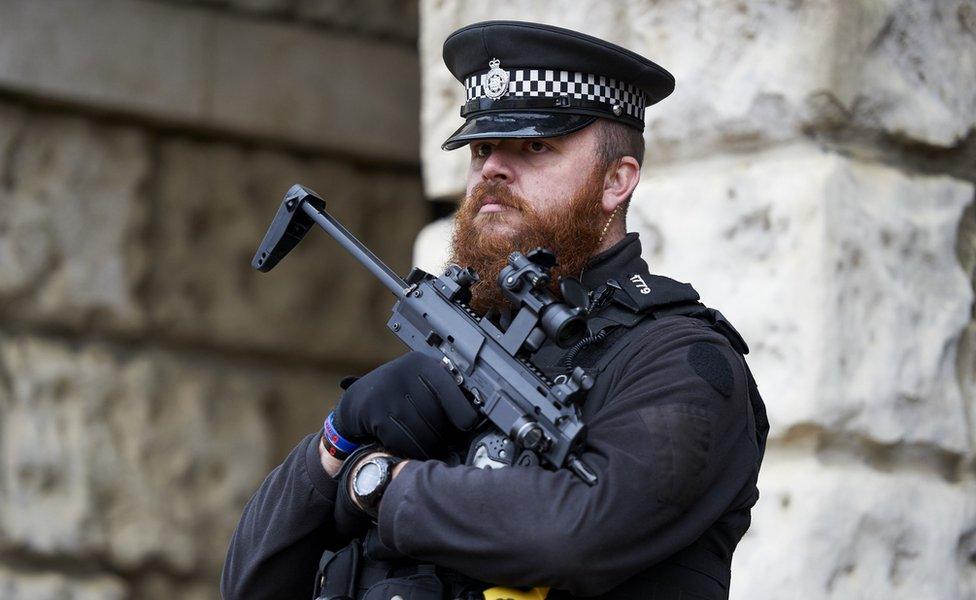
Some specialist areas, such as firearms, will receive extra funding
The Treasury statement appears unequivocal. "The government will protect overall police spending in line with inflation - an increase of £900m by 2019-20," it says.
The Home Office press release, however, says the funding will enable individual forces to maintain their budgets at current cash levels.
That means each force will not automatically get enough money to keep pace with inflation. They will get the same in 2019-20 as they are getting this year.
Instead, extra funding will be distributed in certain specialist policing areas - firearms, tackling cybercrime and child sexual exploitation, some of which might be dealt with regionally - as well as to forces that demonstrate efficiencies.
It is that extra funding that enables the government to say overall police funding is going up in real terms.
In other words, the Home Office has accepted arguments that some aspects of policing need more central co-ordination and constabularies that come up with viable efficiency plans should be rewarded. It is called "top slicing" - and that is quite a major change, and one it is easy to overlook amid the relief there are to be no cuts.
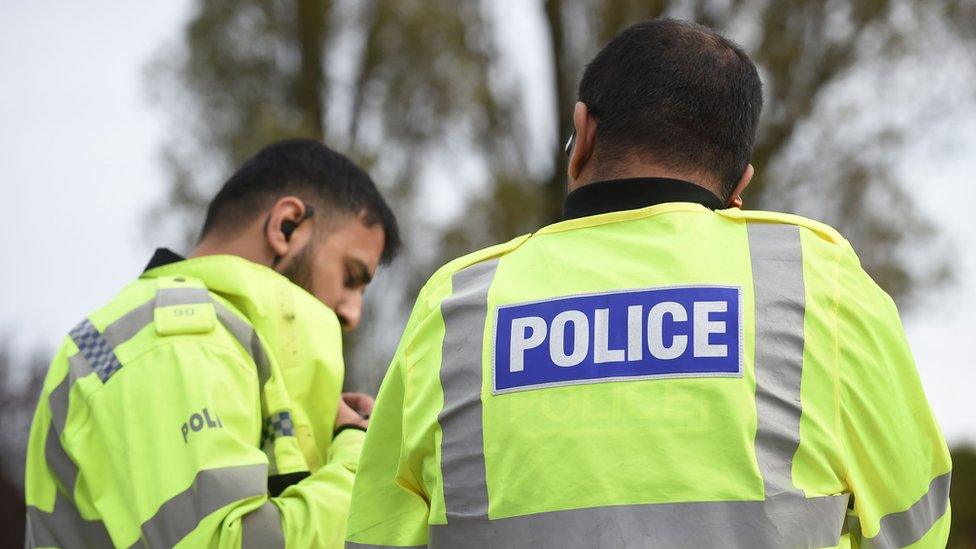
Police had hoped any cuts would be limited to 10%
Successful lobbying
The other announcement, which has been broadly welcomed, is PCCs will get more "flexibility" to raise funds for policing from the council tax policing levy, known as the precept.
Until now, the government has limited how much PCCs can raise through the precept, by restricting annual increases in England to under 2%. Rises higher than that require a referendum. Different rules apply in Wales.
The ability to raise the precept by more - how much is not yet clear - could allow those constabularies that rely on it most heavily, such as Surrey and Dorset, to generate substantial extra income.
That the government decided to perform an about-turn on police spending owes much to effective lobbying by police leaders who warned further cuts put the police in risky territory.

The attacks in Paris may have influenced the final decision
A number of senior officers and PCCs made representations to the home secretary over the past few months. They were not shroud-wavers - but people whose views she respected.
They pointed to the growing signs of strain on police forces and their ability to deal with cyber-fraud and sexual offences, reports of which have gone up by 88% since 2012.
The attacks in Paris then cemented the view in Whitehall the cuts could not go ahead as planned.
If the chancellor had limited the cuts to 10%, which police said they could just about cope with, there would have been relief among most chiefs and PCCs.
His decision to go even further, no cuts at all, which took the opposition benches by complete surprise, suggests in the end politics played a key part too.
Spending Review 2015 - 25 November

Presented by Chancellor George Osborne, the Spending Review sets out what government spending will be over the next four years, while the Autumn Statement is an annual update of government plans for the economy.
Explained: Which government departments will be affected?
Analysis: From BBC political editor Laura Kuenssberg
Special report: Full in-depth coverage of the Spending Review and Autumn Statement

- Published25 November 2015
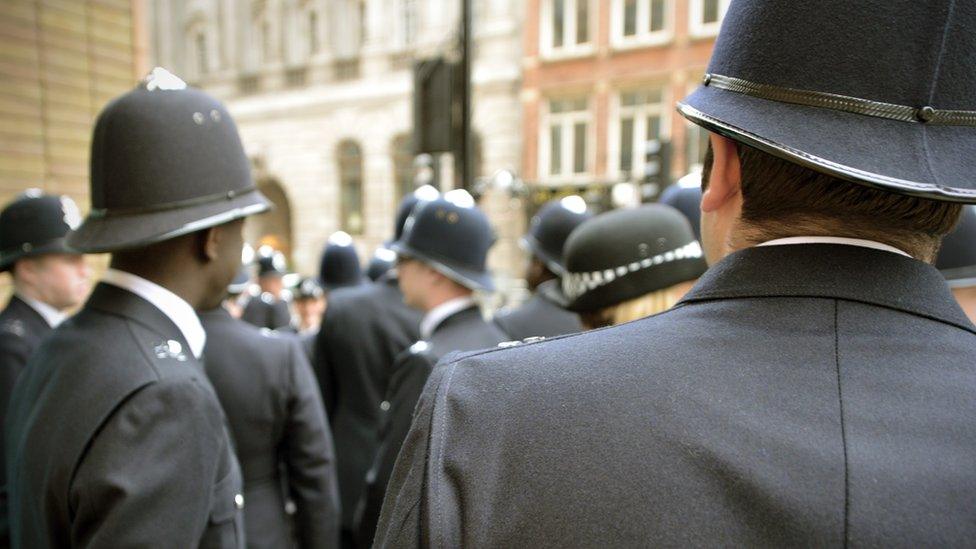
- Published25 November 2015
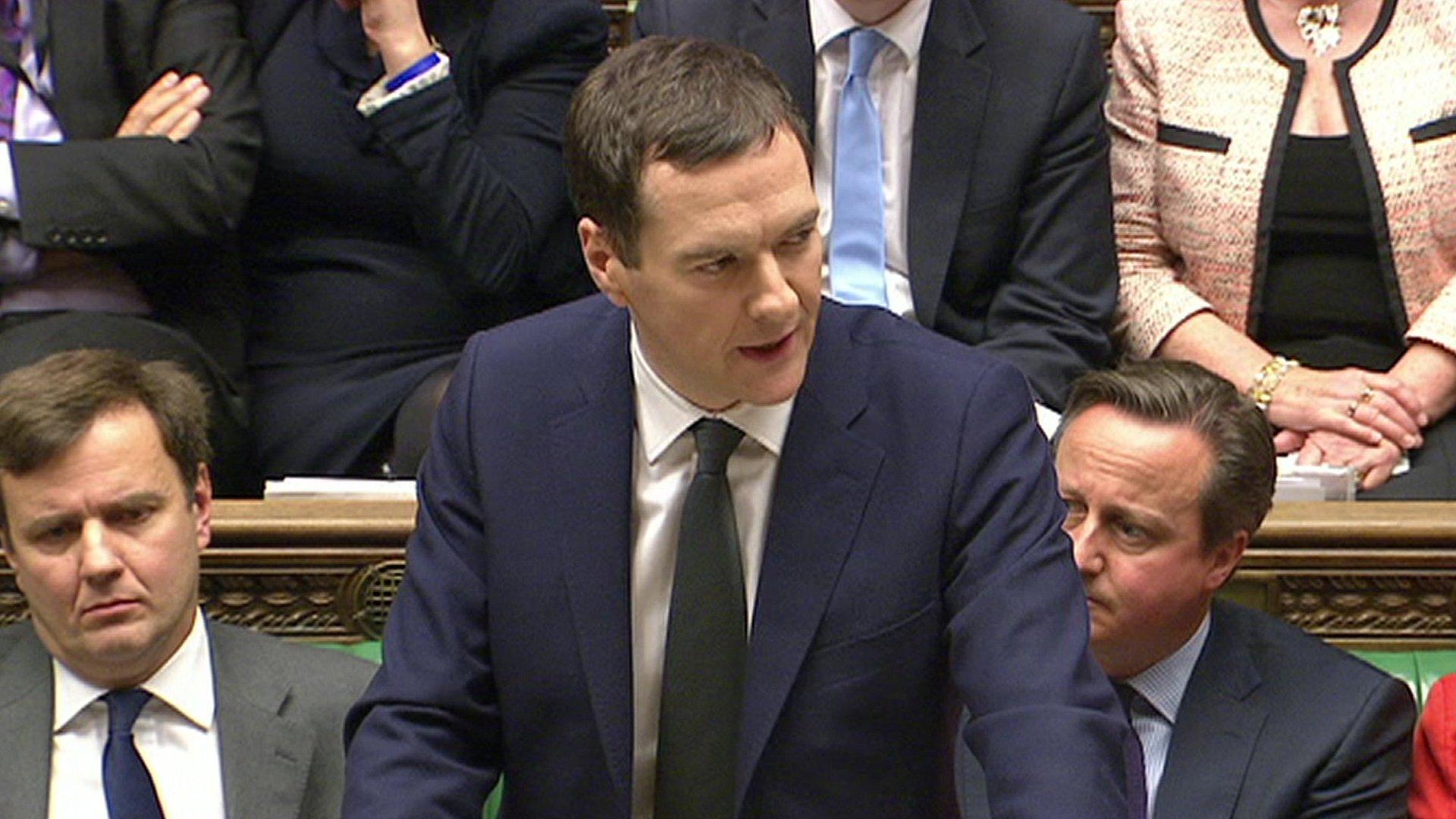
- Published25 November 2015
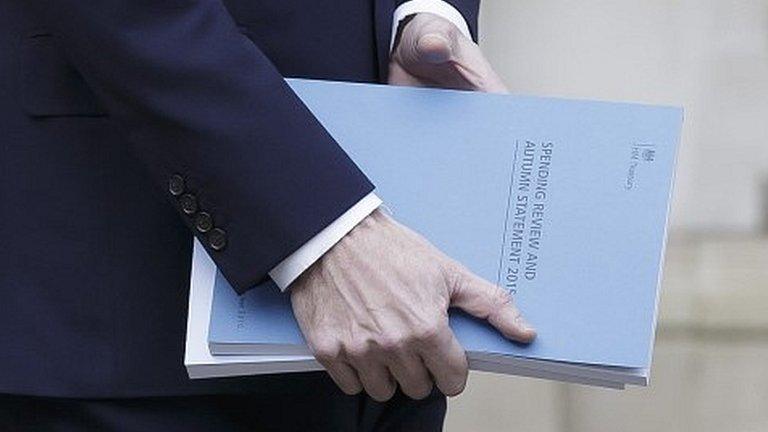
- Published25 November 2015

- Published26 November 2015
